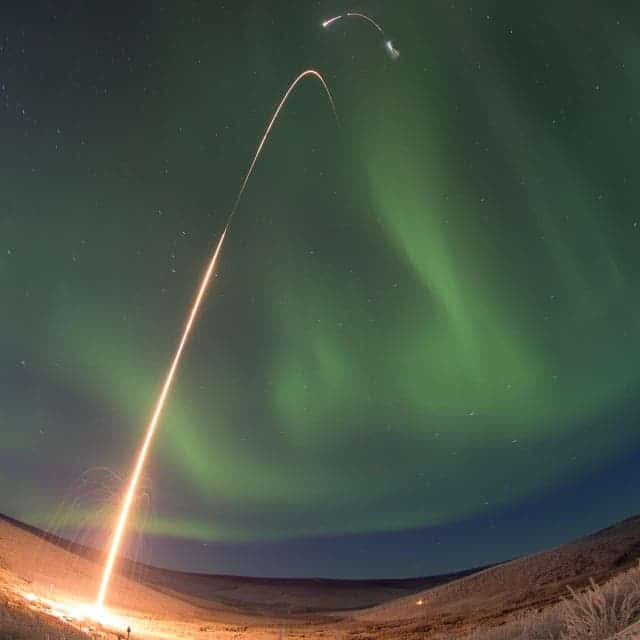A suborbital rocket carrying six research payloads was successfully launched into the Aurora Borealis. The probe will allow scientists to better understand the energy of the aurora and how this affects the Earth and satellites.

NASA reports the launch of the Oriole IV sounding rocket at 5:41 a.m. EST on Wednesday; everything went smoothly, without any problems. It’s not the first time a probe has been fired at the northern lights, but this launch is particularly notable due to the scientific load implemented by NASA and Utah State University.
“The successful launch of the Auroral Spatial Structures Probe will enable scientists and satellite operators to better understand the energy processes during auroral activity in the thermosphere and its effects on satellites as they orbit Earth,” said Professor Charles Swenson, director for the Center for Space Engineering at Utah State and the principal investigator for the ASSP mission. “Solar winds produce electric currents in the upper atmosphere where auroral activity occurs, and those currents produce heat that can expand the thermosphere which increases the drag on satellites significantly.”
Auroras are caused by charged particles, mainly electrons and protons, entering the atmosphere and causing ionisation and excitation of atmospheric constituents; this in turn causes optical emissions – the lovely colors we see on the sky. They are generally visible in the auroral zone, 3° to 6° wide in latitude and between 10° and 20° from the geomagnetic poles at all local times (or longitudes). In the northern hemisphere, they are generally called Aurora Borealis, while the southern counterpart is called Aurora Australis.

This mission’s main aim is to see how the aurora affects the upper atmosphere in terms of energy, allowing future satellite operations to better plan and forecast satellite trajectories.
“The payload deployed all six sub-payloads in formation as planned and all appeared to function as planned,” said John Hickman, operations manager of the NASA sounding rocket program office at the Wallops Flight Facility, Virginia. “Quite an amazing feat to maneuver and align the main payload, maintain the proper attitude while deploying all six 7.3-pound sub payloads at about 40 meters per second.”


